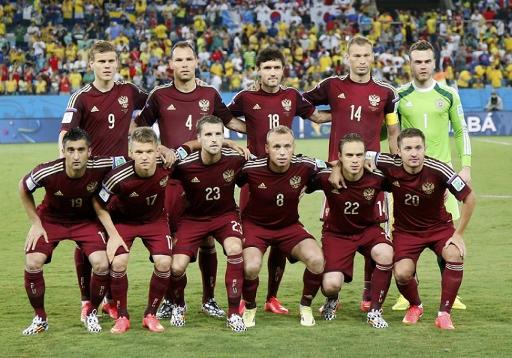Topcoder Open schedule — http://tco18.topcoder.com/algorithm/schedule/
FIFA World Cup schedule — https://www.fifa.com/worldcup/matches/
Is it possible by any chance to move TCO Round 2B match to some other time? Two hours before or two hours after the game would be perfect.
I would also like to know opinion of the community on whether you consider World Cup opening game big enough event which supersedes other events, such as competitive programming matches.











 .
. — it's the number of games in which players are ready to be supervisor. This number must be greater or equal to
— it's the number of games in which players are ready to be supervisor. This number must be greater or equal to 



 — minimal number, that we can write to the sons of vertex
— minimal number, that we can write to the sons of vertex  to the sons of vertex
to the sons of vertex  we add to the answer.
we add to the answer. elements. All other sets are heavy.
elements. All other sets are heavy. . For every heavy set we create boolean array of size
. For every heavy set we create boolean array of size  .
.

